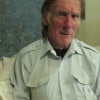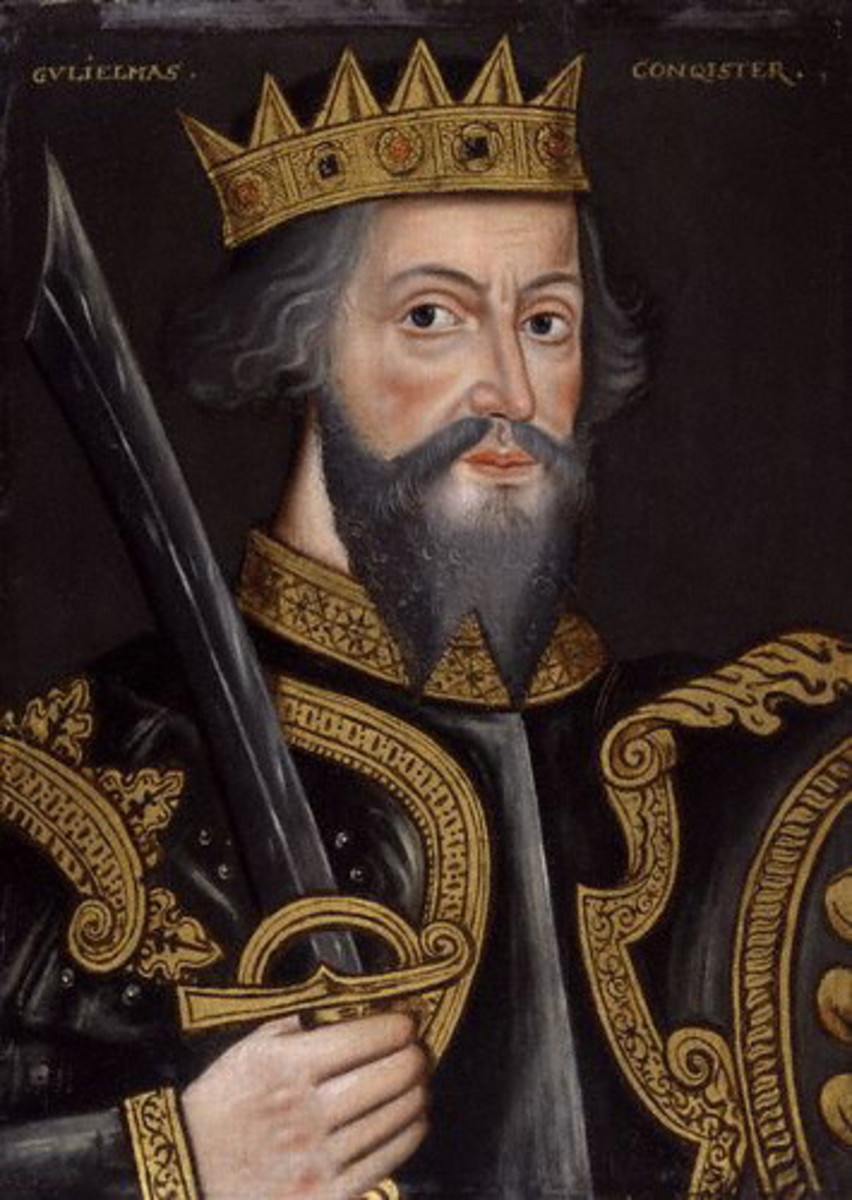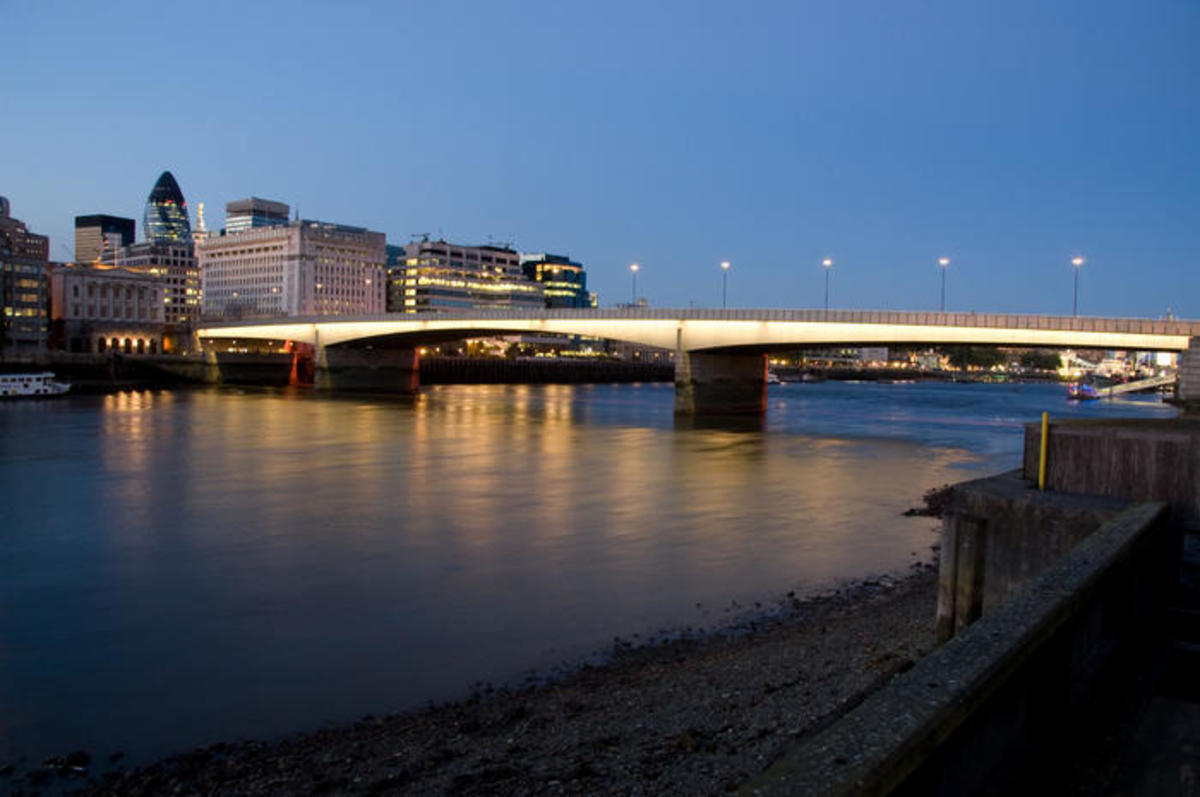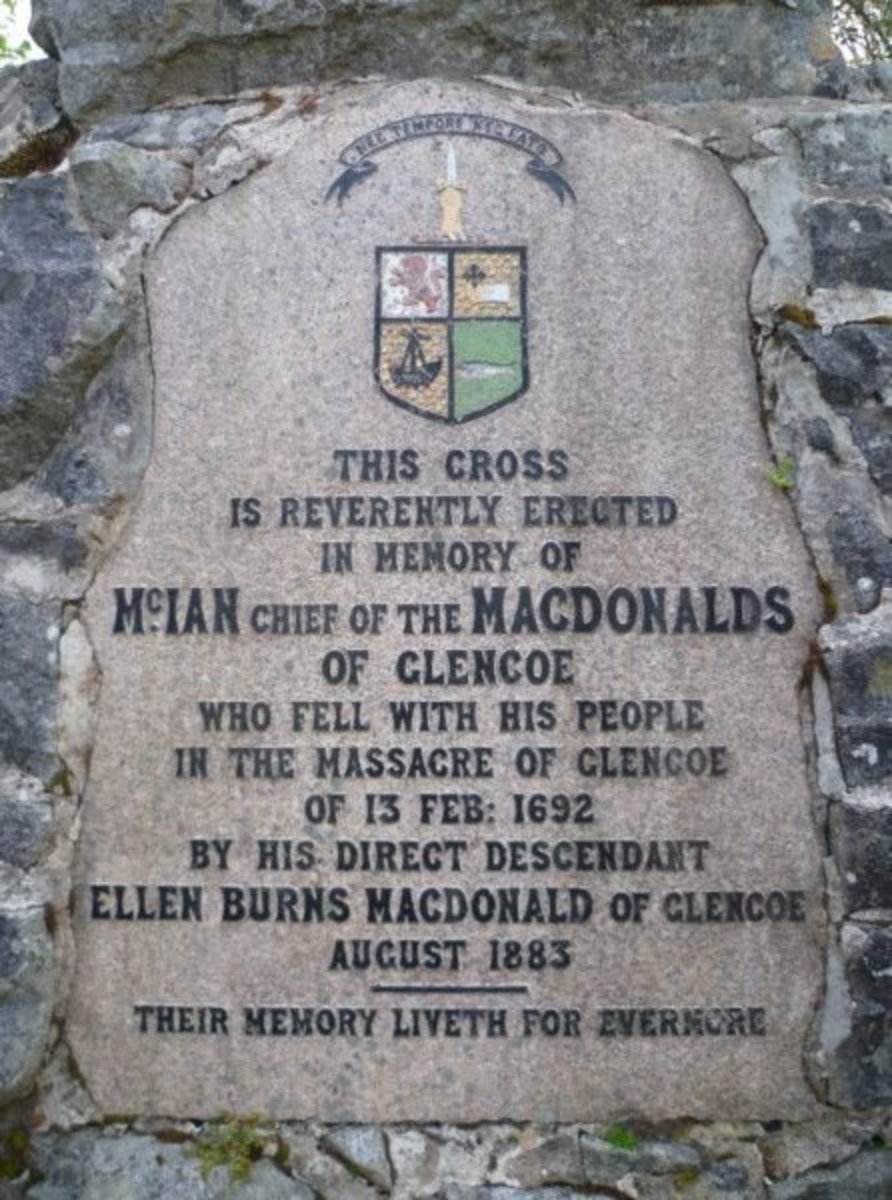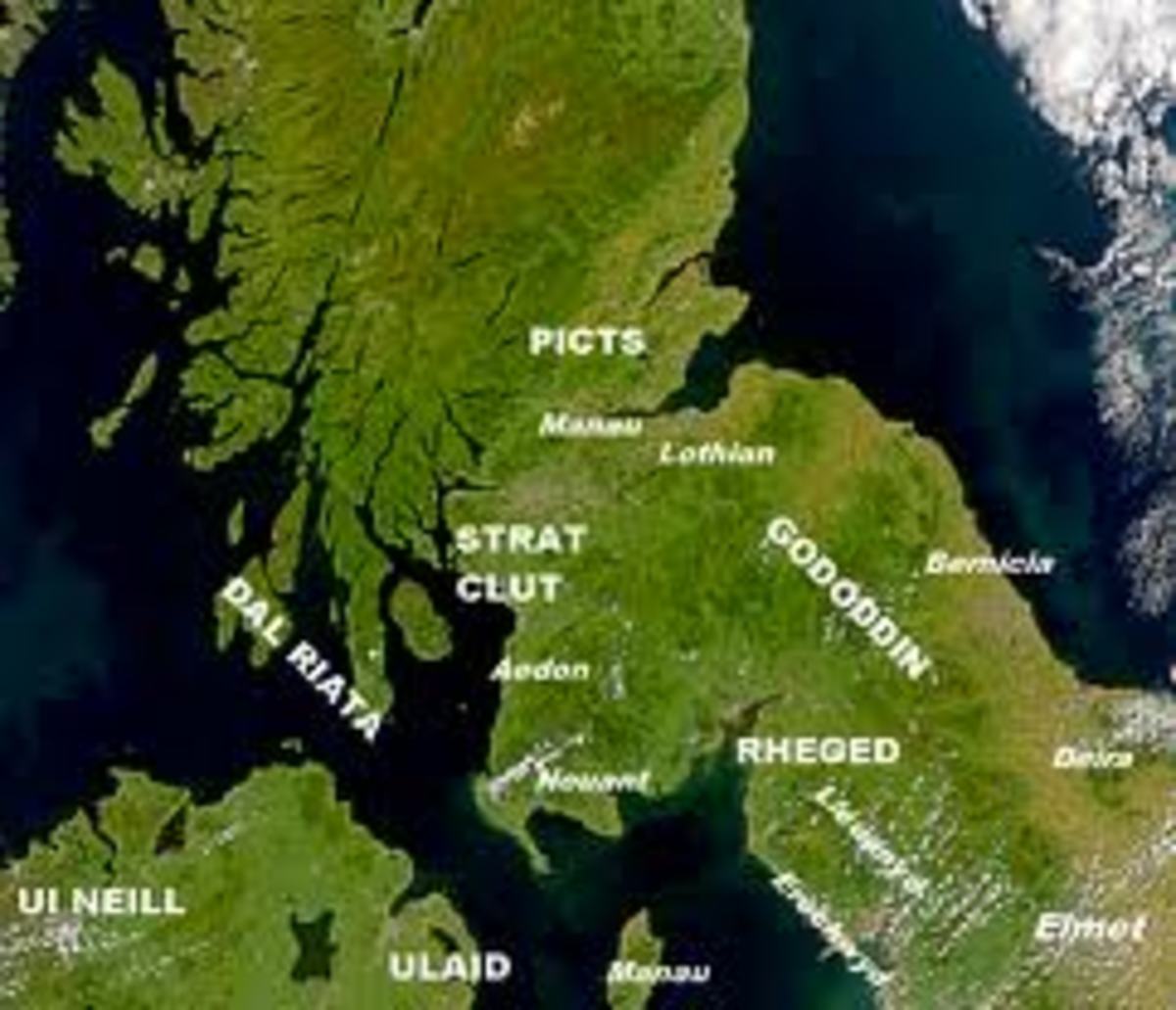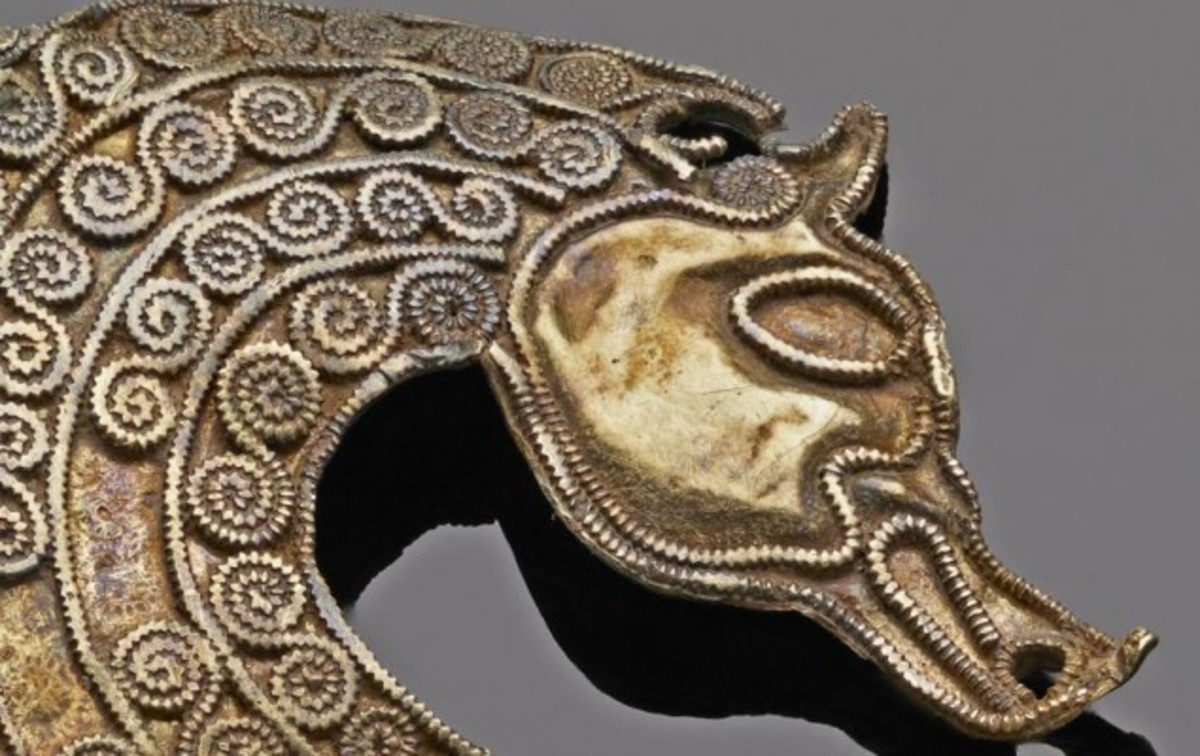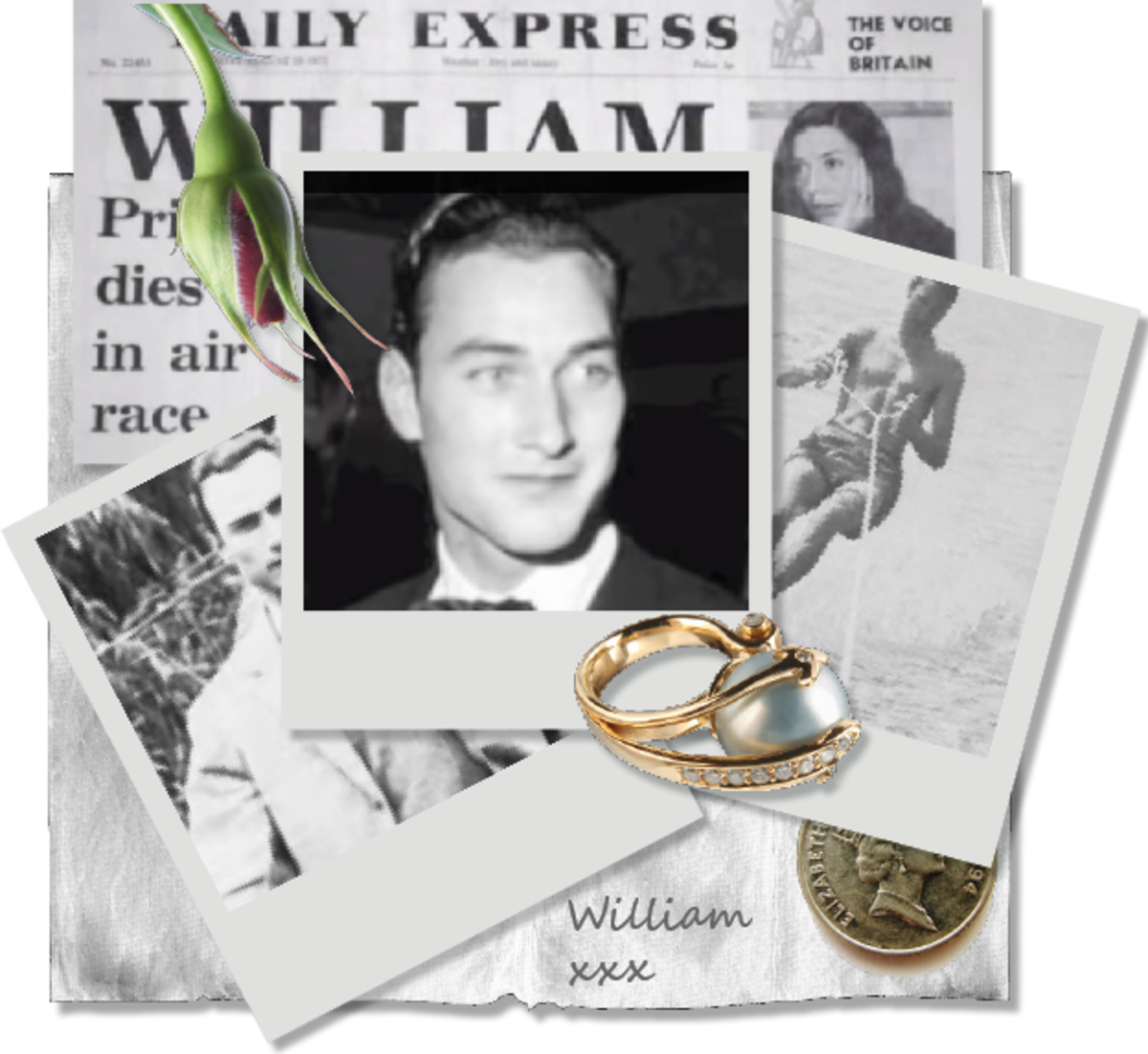- HubPages»
- Education and Science»
- History & Archaeology»
- History of Europe
Heritage - 11: 1066 and All That, Much More Than a Single Battle Near Hastings
October 14th dawned fine, giving no inkling of the horrors to come..
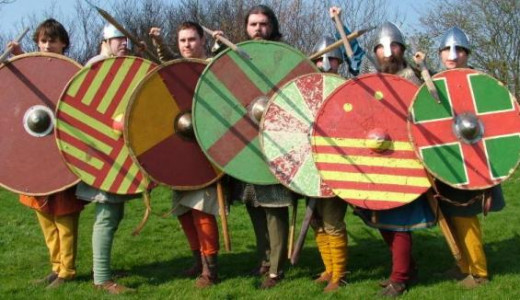
The Bayeux Tapestry marks Harold's final hours on Caldbec Hill, six miles inland from Hastings - 'Sanguelac' to Norman chroniclers ('Lake of Blood')

Marking the day...
Almost a thousand years have gone by since King Harold was killed on Saturday, 14th October, 1066 and Duke William was crowned on Christmas Day, 1066. The flower of English society went down with their king... Or did it?
Believe it or not, aside from his bodyguard, the huscarlar (or huscarls/housecarls) only two earls were killed with Harold, his brothers Gyrth - who had fought alongside him at Stamford Bridge only a fortnight earlier - and Leofwin. Only one of his sheriffs, Godric, was killed with him. Ansgar, Harold's sheriff of Middlesex and stallari, or marshal, survived to fight again at London Bridge weeks later. As did the king's nephew Hakon and a large number of other fighting men. A number of his earls had stayed put, Eadwin of Mercia, Morkere of Northumbria and Waltheof of Middle Anglia, and fought alongside Harold's uncrowned successor Eadgar the aetheling at London Bridge.
According to the Peterborough Chronicle (E) they defeated a force of five hundred mounted knights led by William himself, who was unhorsed again, having already lost two mounts fighting against Harold's shieldwall on Caldbec Hill at the edge of the Andreds Weald near Hastings. William had offered talks before the fight, underestimating Eadgar's resolve. The majority of the Middlesex fyrd fought under their lord Ansgar, as did the huscarls and thegns brought by the young earls - Eadwin and Morkere -from the north. Waltheof had lost men who had gone with their king, and Hakon being of the Godwinson clan no doubt had his own followers.
William was not to be put out by his setback and withdrew to Kent to nurse his injured pride. Instead of trying another head-on attack - with the prospect of losing more valuable knights - he set about destroying the crops and settlements in a wide arc around the capital to cut off Eadgar's supporters from their food supplies. He met the Witan at Berkhamstead to take their surrender, thus isolating the young king. Fearful of losing their lands, the churchmen sought William's assurance that their lands were secure. Archbishop Stigand was kept for the time being in his see at Canterbury, despite not having received his pallium from Rome because of his simony - he was still Bishop of Winchester when he accepted Canterbury. (He would be ousted when William's senior churchman Lanfranc came in 1070). Archbishop Ealdred of York willingly conducted the coronation ceremony at Westminster Abbey on Christmas Day, 1066, with Stigand assisting and William's half-brother Odo, Bishop of Bayeux in attendance. Ealdred's future was assured, but he was to die in 1069 when the Danes came to England to help the Northumbrians and attacked York.
So, for now William was happy enough to sit down at Barking Abbey as a guest of his kinswoman the abbess, go out hunting in Harold's forests around Essex. He appointed a number of nobles to their positions, including Copsig to the earldom of Bernicia (Northern Northumbria) before leaving for Normandy. Copsig had been Earl Tostig's corrupt tax collector - he was apt to taking more than his fair share of the proceeds to feather his own nest - and a Yorkshireman to boot, hardly the best choice to be an earl in a region that collectively hated him and his ilk. When he was feasting at Newburn on the Tyne Gospatric and Osulf, cousins within the Bernician hierarchy, sought him out and pursued him to a small chapel nearby. Setting fire to the chapel would not have endeared them to the churchmen, but burn it they did, cutting Copsig down as he tried to flee with some of his followers would certainly not have helped later with gaining Saint Peter's consent to enter heaven. (Copsig's successor, the Fleming Robert de Commines, fared no better. In the summer of 1068 he and his men were butchered by the folk of Durham when they tried to shelter in the bishop's house).
In the summer of 1067 Eadric 'the Wild', thegn of Herefordshire burnt down William fitzOsbern's timber Norman castle at Hereford with the help of the Welsh princes Bleddyn and his younger brother Rhiwallon. Late in 1067 Exeter was closed to the Normans and King Wllliam hurried west to lay siege to the city. Harold's family were in residence and provided incentive for the rebellion, the siege lasting eighteen days. By the time the Normans entered Exeter Harold's mother Gytha, his common-law wife Eadgytha and her sons were gone, the women to Steepholm in the Bristol Channel, his sons to Ireland.
Over the years from 1067-1071 William faced rebellions in the north, the midlands and in the east. The Danes came twice, only to be bought off to enable William to deal with the insurgents. Eadgar was adopted as the leader of the rebellion, was chased north into Scotland to seek the help of his brother-in-law Malcolm, came south in 1069 to head the York rebellion and left again for Scotland. Leaders came and went, and the rebellions petered out after the last leader Hereward went into exile. Other leaders were imprisoned, pardoned, imprisoned again or executed. The last straw came when Eadric was taken back into the fold and helped William invade Scotland to force Malcolm into the Treaty of Abernethy, to close Scotland to English leaders using Malcolm's hospitality as a retreat from William's wrath.
William's half-brother Odo, Bishop of Bayeux lays about with his mace at the fore of the Aenglish shieldwall
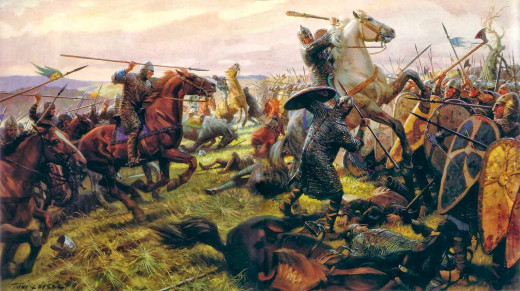
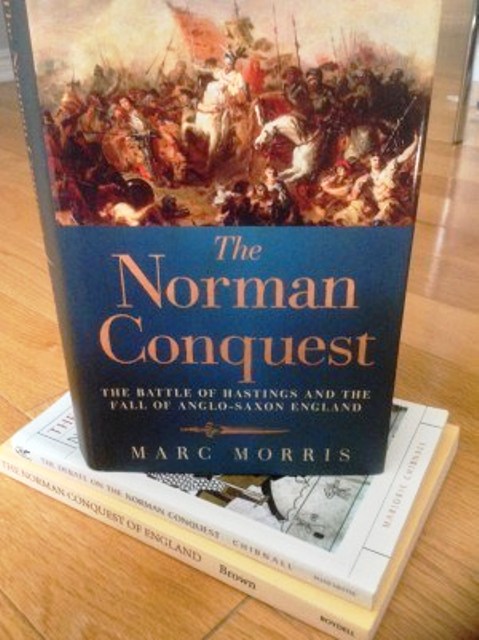
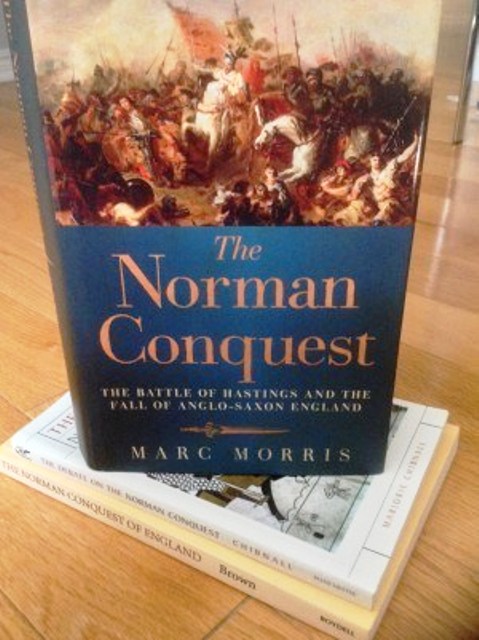
Compared with what happened in the pre-1066 era, during Eadward's reign, the time known as the 'Conquest' was awash with risings, rebellion, oppression and intrigue. Understanding the era isn't hard, it's the detail that might fox you. What happened, where, why? Marc Morris's book goes a long way to explaining the what, the where and the why - even the how.
To show who ruled, William had large areas of the north wasted in 1069 after his timber castles in York were destroyed.
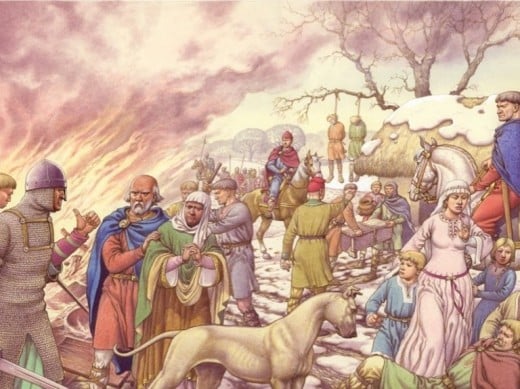
After Ely
Many Englishmen went into exile after the siege of Ely, when William and his men found their way onto the Isle after William tricked Abbot Thurstan into believing he was about to hand Ely's property to his barons in return for defeating the rebels. Thurstan revealed a route onto the isle that would not be defended.
Hereward returned to Flanders with others, where he had been before William landed in the south, and had commanded men in the Low Countries for Count Baldwin V.
More went on to enlist with the Varangian Guard of Michael VII and later Alexios Komnenos to fight against the Normans in the Mediterranean area who fought under Robert 'Guiscard' de Hauteville and his nephew Bohemund. Englishmen were still enlisting with the Varangian Guard well into the 12th Century in the days of Henry II
*There are more detailed accounts of the era in the CONQUEST series. See also the RAVENFEAST Series page on this site
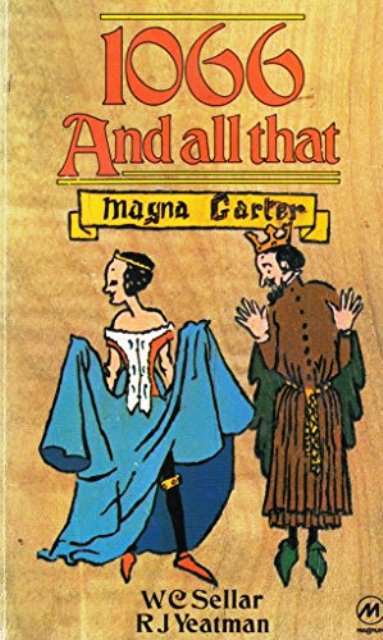
On a much lighter note, the book by the same name. A humorous look at British history from the time the Romans came and Caesar dismissed the natives as 'weeny, weedy, weaky' ('veni, vidi, vici'), via 'Anglo-Saxon Attitudes' and the original tree-hugger 'Farmer George' who lost us America to the modern age (the book was originally published in the 1950s). A masterpiece of understated English wit by Messrs Sellar,Yeatman and Reynolds who ably illustrated this snappy outlook on our past.. .
© 2010 Alan R Lancaster
